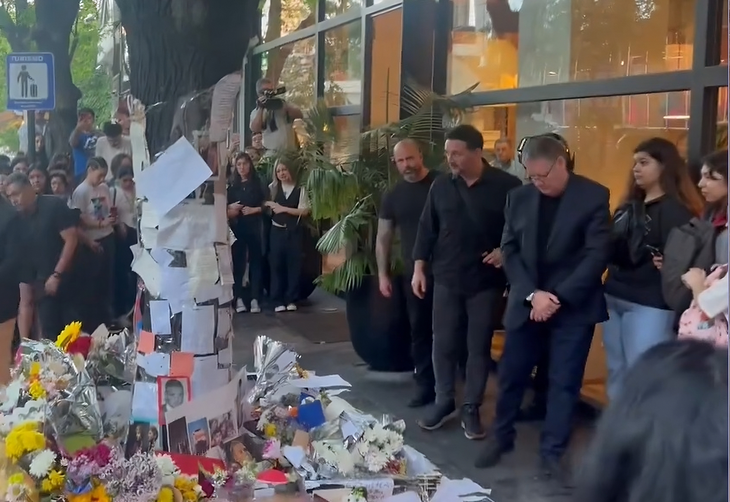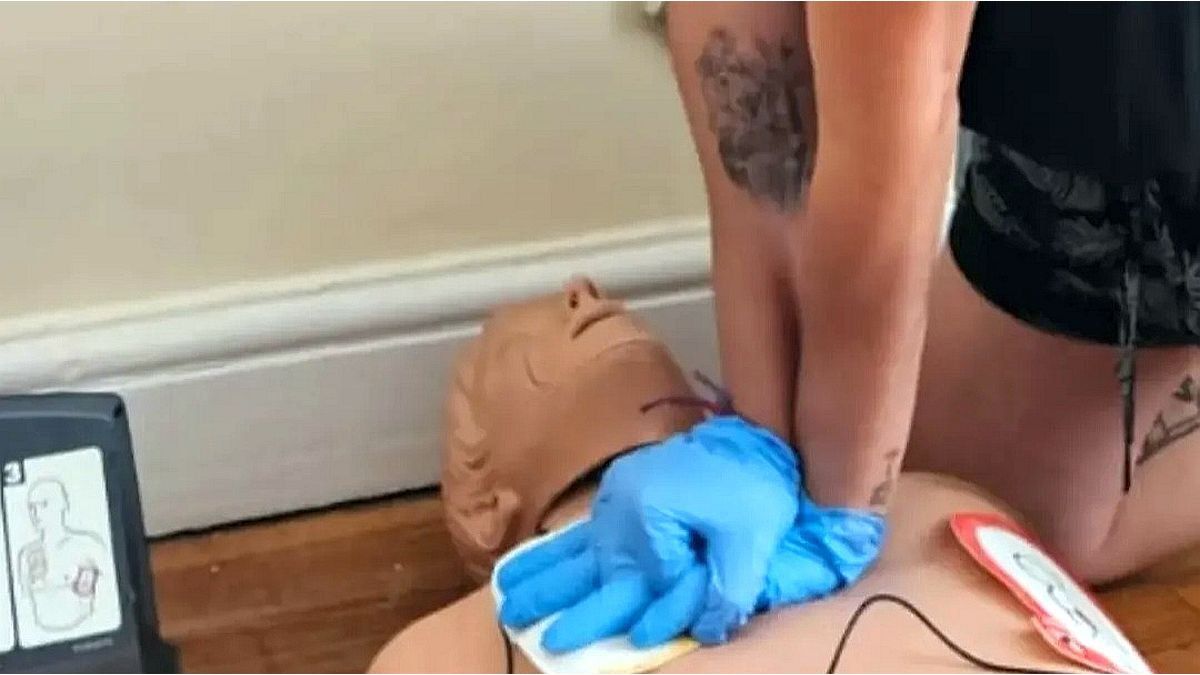The shared currency falls as low as $0.9881 in the morning. The last time the euro cost less was at the end of 2002.
The natural gas crisis pushed the euro below the $0.99 mark for the first time in almost 20 years. On Monday morning, the common currency had temporarily fallen to $ 0.9878. This is the lowest level since December 2002. By mid-afternoon, the euro had recovered somewhat and was trading at $0.9927. The European Central Bank set the reference rate at 0.9920 (Friday: 0.9993) dollars. The dollar thus cost 1.0081 (1.0007) euros.
In July, the euro fell below par with the US dollar for the first time in two decades. This means a one-to-one exchange ratio. Such marks have great symbolic power on the financial markets.
The Russian state-owned company Gazprom is now suspending all deliveries through the Nord Stream 1 pipeline until further notice – allegedly due to technical problems. The uncertain supply of natural gas has been weighing on the euro for some time. Europe and Germany in particular are heavily dependent on Russian natural gas supplies. In the past few weeks, Russia had increasingly reduced deliveries.
Economic data once again painted a gloomy picture for the euro zone. S&P Global purchasing managers’ indices continued to decline in the common currency area. Investor sentiment in the consulting firm Sentix also declined. The economic barometer fell to its lowest level in more than two years.
For other important currencies, the ECB set the reference rates for one euro at 0.86358 (0.86478) British pounds, 139.47 (140.36) Japanese yen and 0.9747 (0.9839) Swiss francs. A troy ounce of gold was trading at $1,711 in London this afternoon. That was about a dollar less than on Friday.
Source: Stern
Jane Stock is a technology author, who has written for 24 Hours World. She writes about the latest in technology news and trends, and is always on the lookout for new and innovative ways to improve his audience’s experience.




